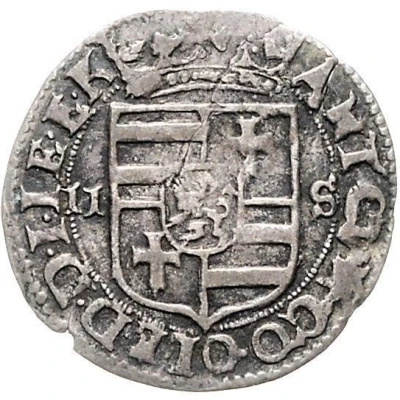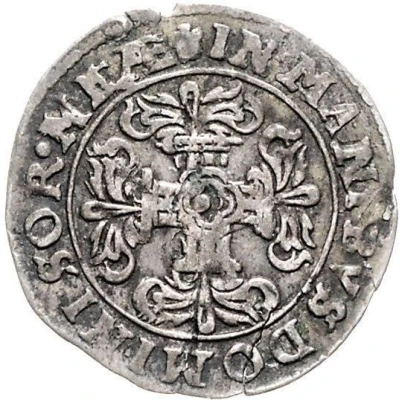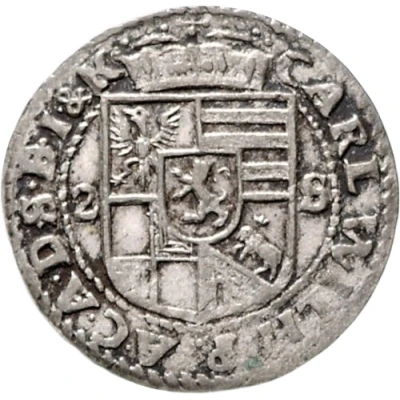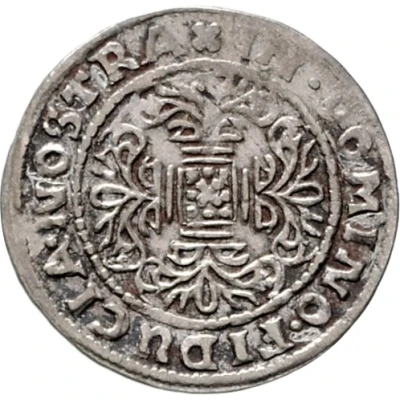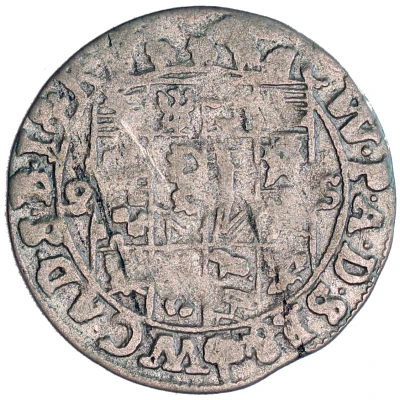
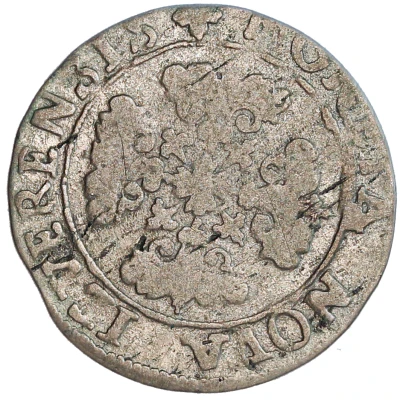

© Dmitrij Rodionov
2 Stüber - Charles William ND
| Billon | - | - |
| Issuer | Lordship of Jever (German States) |
|---|---|
| Lord | Charles William (Karl Wilhelm) (1667-1718) |
| Type | Standard circulation coin |
| Years | 1667-1718 |
| Value | 2 Stüber (1⁄20) |
| Currency | Thaler |
| Composition | Billon |
| Shape | Round |
| Demonetized | Yes |
| Updated | 2024-10-05 |
| Numista | N#76481 |
|---|---|
| Rarity index | 95% |
Reverse
Ornate burgundian cross.
Script: Latin
Lettering: MONETA NOVA IEVERNSIS
Comment
Metzdorf 97Interesting fact
One interesting fact about the 2 Stüber coin from the Lordship of Jever is that it was minted during a time of great economic and political change in Europe. The coin was issued during the reign of Charles William, who was the Lord of Jever from 1667 to 1718. During this time, the German States were experiencing significant economic growth and trade, and the demand for coins like the 2 Stüber was increasing. The fact that the coin was made of Billon, a copper and silver alloy, also speaks to the economic and technological advancements of the time. The use of Billon was a common practice in coinage during this period, as it allowed for the production of coins with a higher silver content while still being durable and resistant to wear and tear. Overall, the 2 Stüber coin from the Lordship of Jever is a fascinating piece of history that provides insight into the economic, political, and technological developments of early modern Europe.
